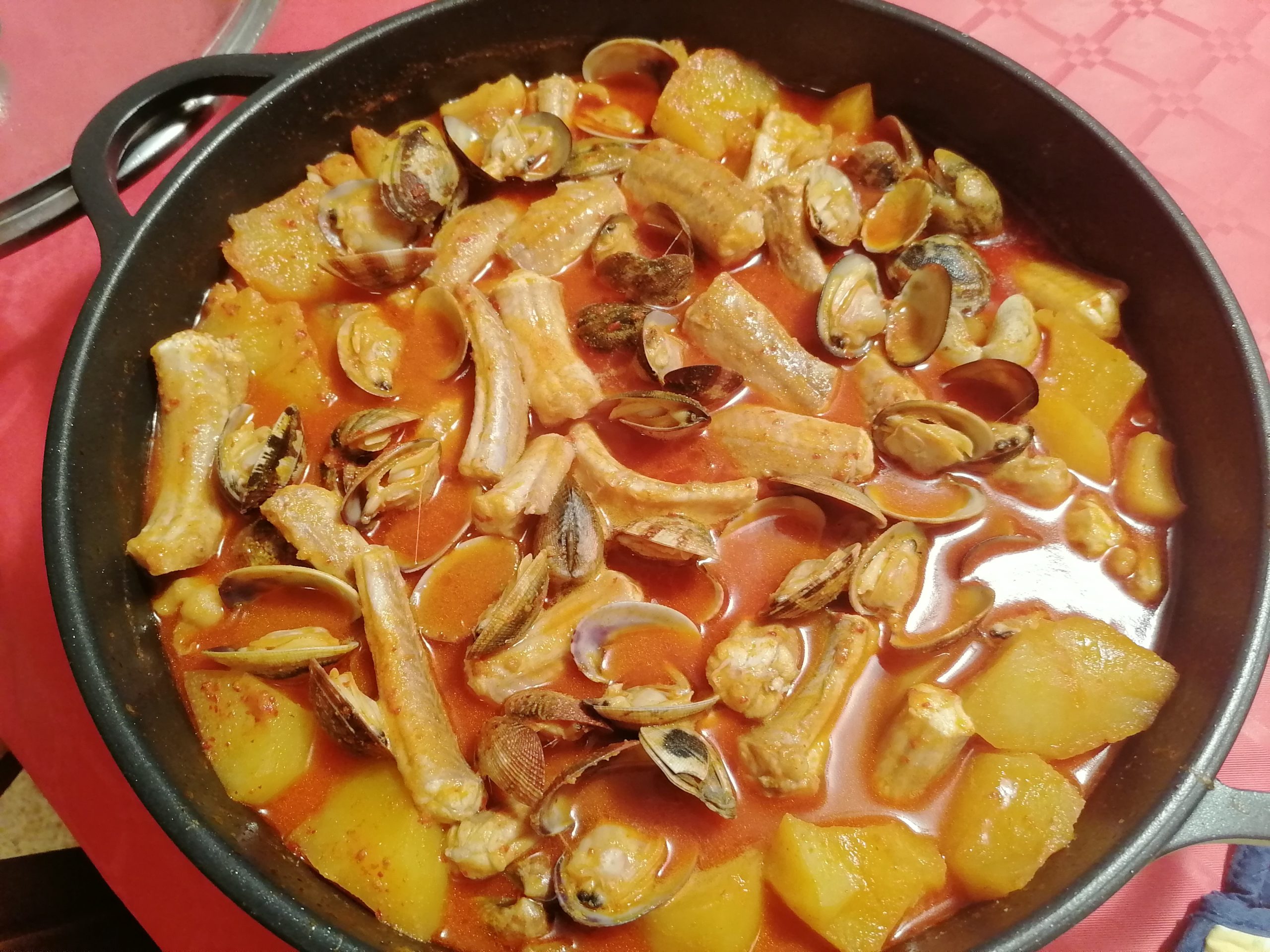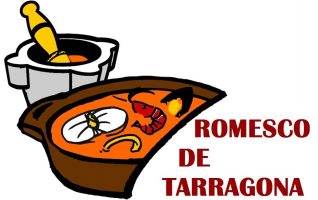Below is a table with which it is possible to quickly calculate all the ingredients of a Romesco based on the number of diners, in order to offer a basic and general orientation. To prepare the dish, you can follow the outline of the fish Romesco recipe on this website.
It should be noted that this table refers to a fish Romesco although enriched with potatoes, beans and other ingredients. However, you could opt for a basic version of this dish —and in a more traditional sense— dispensing with the potatoes, beans, onion and tomato. In this case, the amount of fish could be increased to about 250 g approximately per person, with the idea that each of them has a sufficient portion.
To handle this table it is necessary to take into account some general aspects:
• Dried ancho peppers (pimientos choriceros): it is not recommended to substitute them for ñoras, another kind of dried pepper.
• Nuts: roasted, better than natural, fried or salted.
• Bread: refers to slices of approximately one centimeter wide, cut from a 250 g loaf of bread (about 10 g each slice).
• Tomato: it must be grated from fresh tomatoes and as ripe as possible. In any case, in Romesco the use of tomato in the mince is optional. If you choose to use it, you may need to add less wine, as it will not be as necessary for the mixer to work.
• Peri-peri chilli: refers to units of small whole peri-peri chilli of approximately 1.5 cm in length, which will have to be emptied of seeds (expendable).
• Fish: refers to the weight of clean ocean fish, ready to cook.
• Potatoes: it is suggested to cut them into pieces the size of a walnut or a little less. They can also be cut into slices of half a centimeter and about four centimeters in diameter.
• Beans: refers to cooked beans packed in a glass jar or similar. They will be used washes of the creamy medium in which they come inside the pot.
• Fish stock: refers to a mild fish stock. It is an approximate measure that must be carefully readjusted in each case, always with the idea of avoiding overdoing it (see fish stock recipe).
• Onion: it must be very finely chopped or even striped. It should be noted that the use of onion in Romesco is not common, although it has passionate followers. In any case, it is necessary to poach it thoroughly in the oil over a low heat before adding the minced Romesco base, for this it may be interesting to fry the onion in a separate pan.
• Oil: it must be extra virgin olive oil.
• Casserole diameter: this is a reference related to the measurements of a flat low-rim casserole (clay, aluminum, non-stick, etc.). However, other types of pans can be used.
• White dry wine, stale wine or brandy: a specific amount is not mentioned because it is quite variable. As a general rule, the amount of wine is the minimum required to achieve a thickness of the Romesco base mix that allows the mixer to work. As previously mentioned, if grated tomato is added to the recipe, it may be necessary to add less wine.
• Parsley: quantity is not mentioned in the table, but it is interesting to always add a little to taste.







